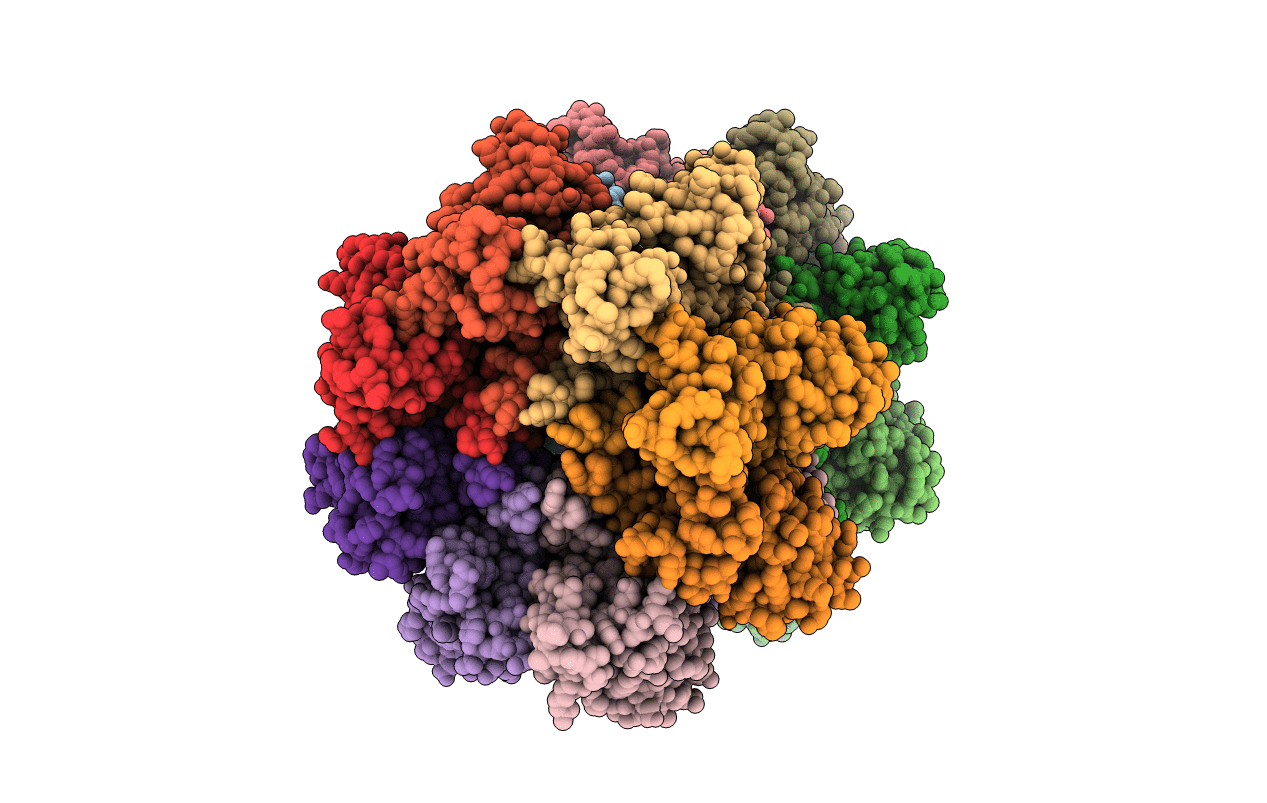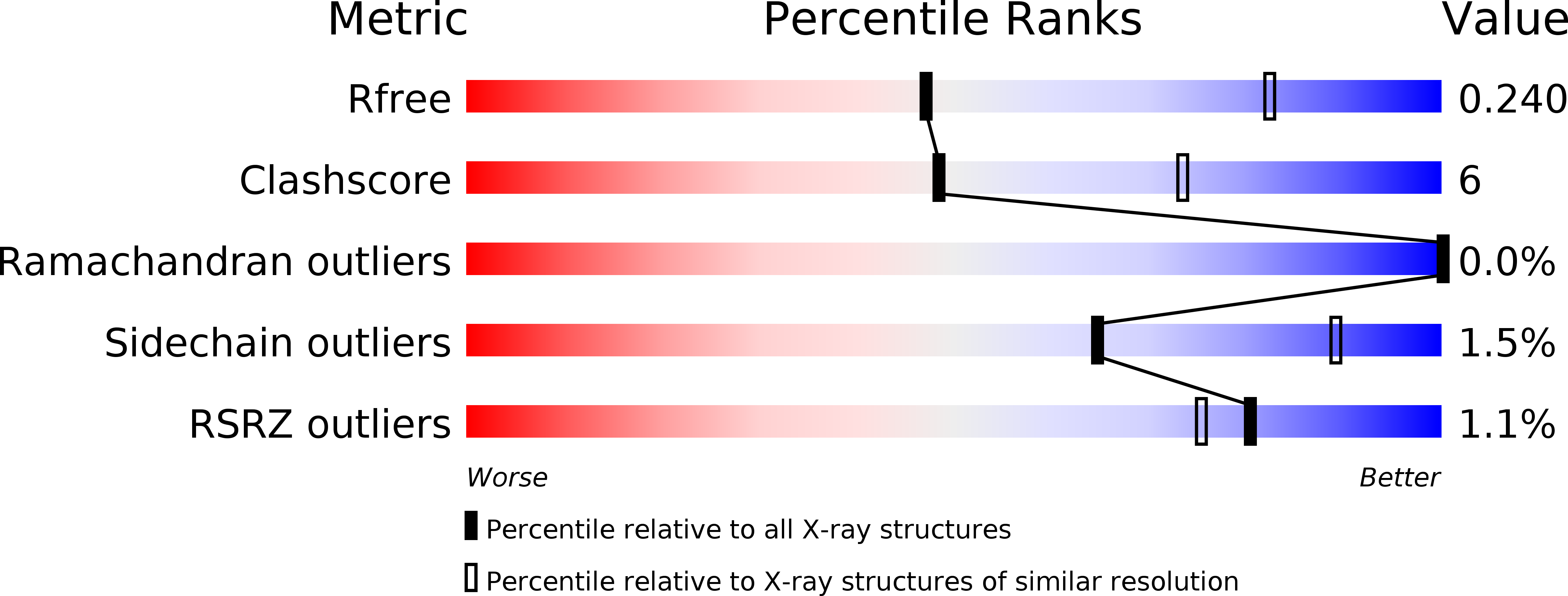
Deposition Date
2014-08-04
Release Date
2014-09-24
Last Version Date
2024-11-13
Entry Detail
PDB ID:
4UV2
Keywords:
Title:
Structure of the curli transport lipoprotein CsgG in a non-lipidated, pre-pore conformation
Biological Source:
Source Organism:
ESCHERICHIA COLI STR. K-12 SUBSTR. MC4100 (Taxon ID: 1403831)
Host Organism:
Method Details:
Experimental Method:
Resolution:
2.80 Å
R-Value Free:
0.23
R-Value Work:
0.18
R-Value Observed:
0.19
Space Group:
P 1


